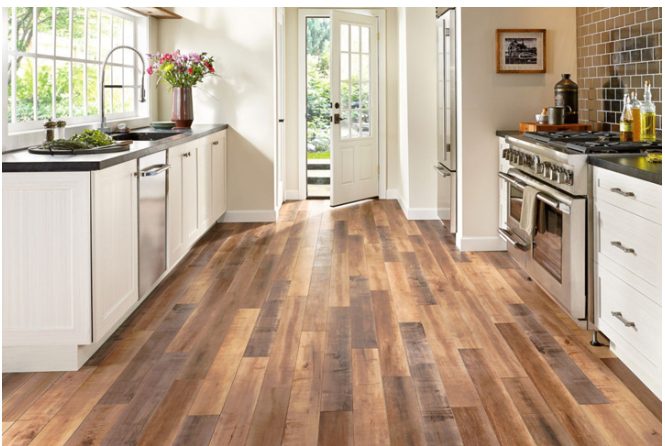
Installing decking can transform your outdoor space, providing a comfortable area for relaxing and entertaining guests. However, before embarking on this project, several important factors must be considered to ensure the success and longevity of your deck.
This guide outlines crucial aspects, from material choices and design options to legal requirements and maintenance considerations.
1. Consider the Purpose and Functionality
Firstly, think about the main function of your deck. Is it meant to host large social events, or will it serve as a peaceful place to savor your morning coffee? Knowing how you plan to use the deck will guide the decisions about its size, design, and features. For example, you may want to include built-in seating, privacy panels, or specific zones for cooking and eating.
2. Choose the Right Materials
The choice of decking material will significantly affect the cost, appearance, and maintenance level of your deck. Common materials include:
Wood: Traditional and natural, wood decking requires maintenance frequently—such as staining and sealing—to prevent decay and termite damage. Popular choices include pressure-treated lumber, cedar, and redwood.
Composite: Made from a blend of wood fibers and recycled plastics, composite decking is more durable and requires less maintenance than wood, though it can be more expensive.
PVC: Entirely plastic decking is highly resistant to the elements and virtually maintenance-free, but it can feel less natural, so look out for quality products if you are considering decking for your lodge or caravan, which can mimic wood well.
Aluminum: Durable and extremely low maintenance, aluminum decking is resistant to weather, rot, and insect damage, though it comes with a higher upfront cost.
Each material has its pros and cons, so select one that fits your budget, aesthetic preferences, and willingness to maintain.
3. Think About the Design and Aesthetics
The design of your deck should harmonize with the architectural style of your home and integrate smoothly with the environment. Think about the color, texture, and style of the materials you choose for the deck—along with other design elements such as railings, steps, and lighting. Careful design considerations will not only improve the functionality of your deck but also boost its visual appeal.
4. Research Local Building Codes and Permits
Before construction begins, familiarize yourself with local building codes and acquire the necessary permits. These regulations can dictate everything from the height and structural integrity of the deck to its placement in relation to property lines. Failing to comply with local codes can result in fines or forced modifications to the structure.
5. Think About Site and Placement
Select the location of your deck thoughtfully. Take into account aspects such as the amount of sunlight it will receive, the privacy it offers, and its closeness to your house. The terrain of your yard is also crucial; land that is uneven or sloped may need extra preparation or support structures, which could raise the overall cost.
6. Set a Budget
Budgeting is essential when planning to build a deck. The total cost can differ greatly depending on the deck’s size, the materials used, and whether you hire professionals or opt for a DIY approach.
It’s important to set aside a contingency budget for unforeseen costs like ground leveling or extra materials. Additionally, consider the ongoing expenses for maintenance or material replacement in your budget.
7. Hiring a Professional vs. DIY
Decide whether to hire a professional contractor or do the work yourself. While a DIY approach can save money, professional contractors bring expertise in construction, can navigate building codes, and are typically faster at completing projects.
If you choose to hire a professional, do thorough research and select someone with good reviews and appropriate licenses.
8. Consider Maintenance and Upkeep Requirements
Consider the long-term maintenance that your chosen decking material requires. Wood decks may need annual cleaning, staining, and sealing, while composite or PVC decking might only require occasional washing. Understand the maintenance commitment and whether it aligns with your lifestyle and your ability to keep the deck in good condition.
9. Consider Longevity and Durability
Factor in the durability of the materials and construction methods. Some materials are better suited to certain climates than others. For example, wood may not be the best choice for extremely humid or rainy environments unless properly treated and maintained.
10. Think About the Impact on Your Home’s Value
Finally, consider how adding a deck will impact the value of your home. In many cases, a well-designed and constructed deck increases property value and marketability, should you decide to sell your home in the future.
Conclusion
Installing a deck involves considering various factors, as outlined above. By meticulously planning and taking these elements into account, you can ensure that your new deck fulfills your requirements and enhances your outdoor living space for the foreseeable future.



